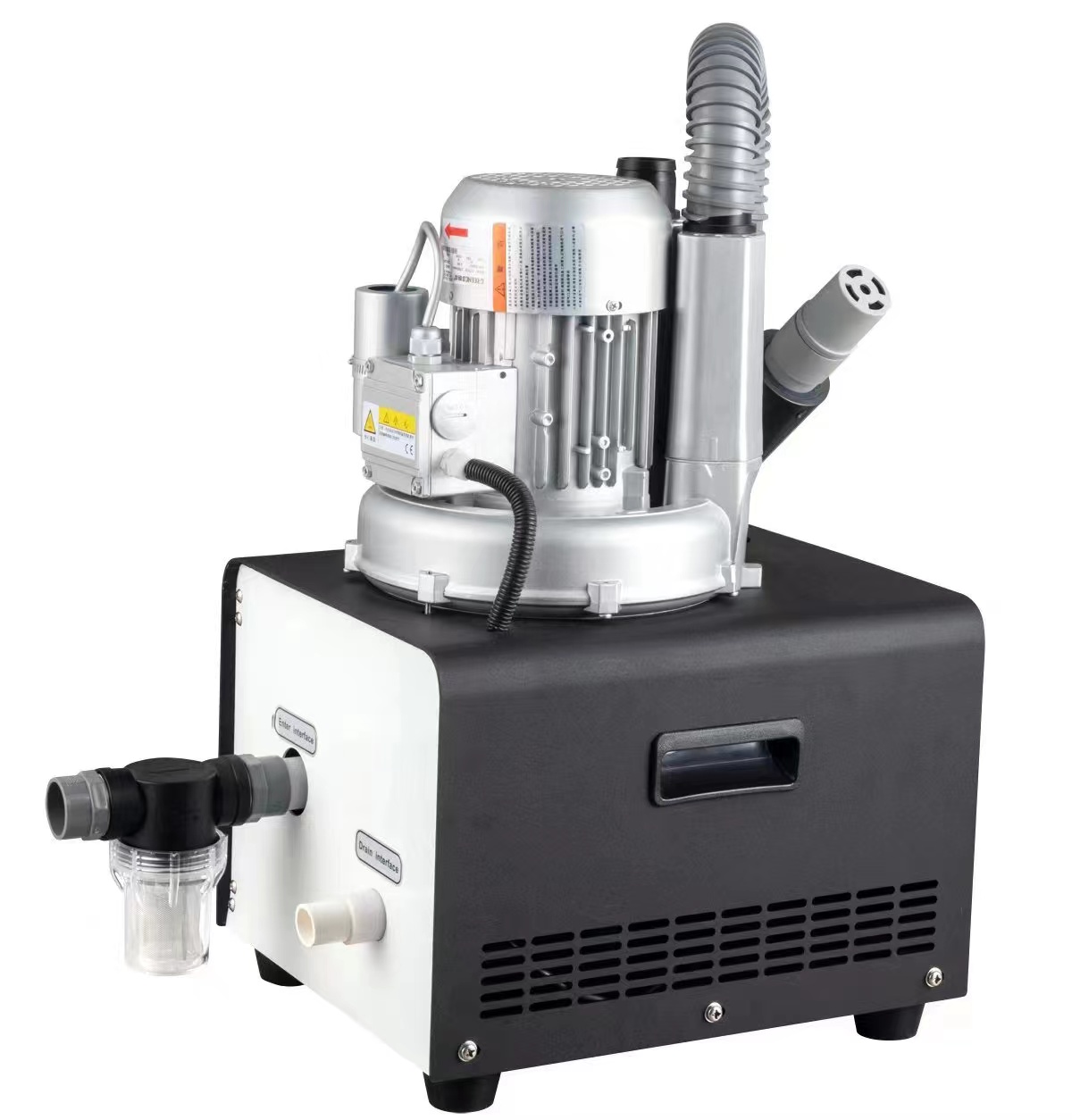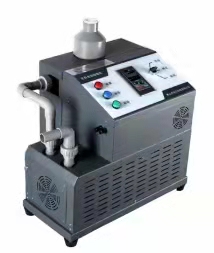Dental suction machines are the unsung heroes of every dental office, providing crucial support during various procedures. The dental suction machines are the important dental assistant equipment to help dentists suck debris in the mouth.
Without dental suction machines, dentists have to find another method to remove the dental debris. In this post, the author would give an introduction to the dental suction machine.
A dental suction machine, also known as a dental vacuum or suction unit, is an essential tool used in dentistry to remove saliva, blood, debris, and excess water from a patient's mouth during dental procedures. It works by creating suction through a vacuum system, which pulls fluids and particles away, keeping the patient's mouth clear and dry for the dentist to work effectively.
These machines typically consist of a motor, suction pump, hoses, and a collection system (such as a reservoir or disposable canister) to store the extracted fluids and materials. They come in various sizes and capacities to suit different dental settings, from small clinics to larger dental practices or hospitals.

You may have a not full knowledge of the dental suction machine. In this section, the author will introduce you to the benefits of using a dental suction machine.
These machines effectively remove saliva, blood, and debris from the oral cavity, ensuring a clear view for the dentist. This enhanced visibility is crucial for precision during treatments like fillings, extractions, or root canals.
Continuous saliva and fluid removal using suction machines significantly enhances patient comfort. Patients can avoid the discomfort of pooling saliva or the need to frequently swallow during procedures.
Dental procedures involve potential exposure to saliva and blood, which can harbor bacteria and viruses. Suction machines aid in reducing the risk of cross-contamination by swiftly removing these fluids, contributing to a more hygienic environment.

Clearing the operating field promptly allows dental practitioners to work efficiently and complete procedures in a timely manner. This can lead to shorter appointment times and quicker recovery for patients.
Keeping the oral cavity dry helps prevent accidental inhalation or ingestion of fluids and debris, ensuring a safer environment for both the patient and the dental team.
With a clearer field of vision and better control over the oral environment, dentists can perform procedures more accurately and with greater precision. This can contribute to better treatment outcomes and overall patient satisfaction.

Dental suction machines come in various sizes and designs, catering to different procedures and clinical settings. Whether in a dental office or a surgical setting, these machines can be adapted to suit the specific needs of the procedure.
By minimizing the need for constant interruption to clear the oral cavity manually, suction machines can reduce the physical strain on dental professionals, allowing them to focus more on the procedure itself.
All in all, the dental suction machine is a good dental equipment to improve the level of cleaning in dentistry, because it is the crucial tool to remove the saliva, blood, debris, and excess water from a patient's mouth.